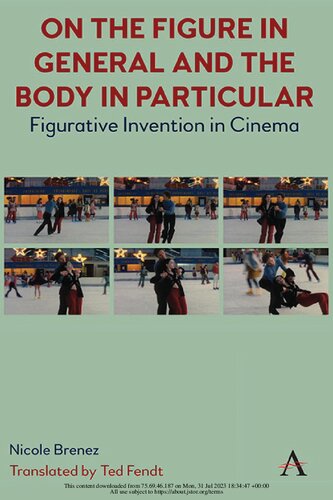

Most ebook files are in PDF format, so you can easily read them using various software such as Foxit Reader or directly on the Google Chrome browser.
Some ebook files are released by publishers in other formats such as .awz, .mobi, .epub, .fb2, etc. You may need to install specific software to read these formats on mobile/PC, such as Calibre.
Please read the tutorial at this link: https://ebookbell.com/faq
We offer FREE conversion to the popular formats you request; however, this may take some time. Therefore, right after payment, please email us, and we will try to provide the service as quickly as possible.
For some exceptional file formats or broken links (if any), please refrain from opening any disputes. Instead, email us first, and we will try to assist within a maximum of 6 hours.
EbookBell Team

5.0
110 reviewsFilms fill our imagination with figures, figurines, and talismans. They ceaselessly rework the same archetypes and invent troubling prototypes – especially when they establish a deeper relationship to reality. How do we understand these presences that are both so characteristic and so diverse in cinema? How does film deal with bodies, movements, and gestures? Why are we so drawn to these shadows, silhouettes, and hypothetical beings? What organizes the figurative values at work in a film? How do cinematic creatures circulate from film to film and image to image? How does film articulate the links between the abstract and figurative? Is it possible to write a history of figurative forms? Starting from films themselves and works that are both classical (Sergei Eisenstein, Roberto Rossellini, Orson Welles) and contemporary (Abel Ferrara, Brian DePalma, Patricia Mazuy), celebrated (Robert Bresson, John Cassavetes, Ken Jacobs, Paul Sharits) and overlooked (Al Razutis, Jean Genet, Monte Hellman, and John Travolta), from auteurs as well as aesthetic questions (representations of dance, the naked body, character development…), the essays in this volume, most available for the first in English, aim to open a field that has been neglected by analysis, while also suggesting the tools necessary to understanding figurative phenomena specific to cinema.